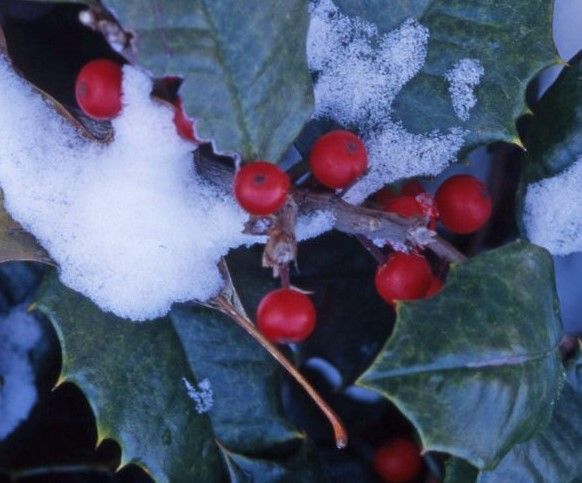TREES & SHRUBS
Trees & Shrubs

February 6, 2025
Want to grow healthier plants with lush foliage, vibrant blooms, and abundant harvests? Proper fertilization is the key to success—whether you’re tending to a backyard garden, nurturing houseplants, or growing towering trees. This guide will walk you through the step-by-step process of fertilizing trees, flowers, vegetables, and houseplants, showing you how to give each plant exactly what it needs to thrive. While the basic process is similar, the type of fertilizer you choose and the timing of application make all the difference. Whether you're feeding a fruit tree that’s just waking up in spring or keeping your indoor plants happy year-round, understanding how to match the right nutrients to each plant’s needs will help you grow with confidence. Let’s get started!
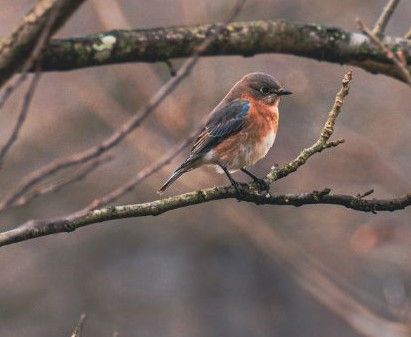
January 29, 2025
Certain trees become essential lifelines for birds during the winter months, offering critical resources that are vital for survival when food and shelter are in short supply. As temperatures drop and natural food sources like insects and seeds diminish, these trees step in to provide nourishment through berries, fruits, seeds, and overwintering insects. Additionally, their sturdy branches and dense foliage offer much-needed protection from the cold, wind, and predators. By understanding which trees are most beneficial to birds in winter, we can support local bird populations and foster a thriving, biodiverse environment during this challenging season.
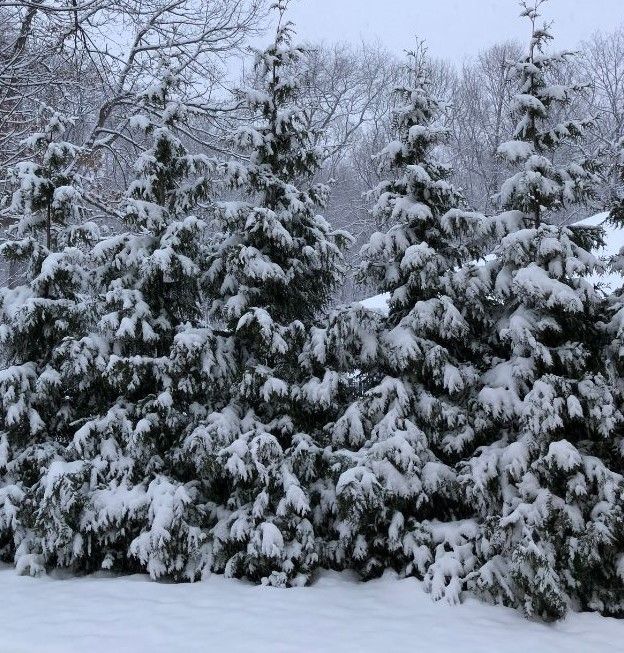
December 13, 2024
Evergreens play a vital role in winter landscapes, offering ecological benefits, visual beauty, and cultural significance during a time when many other plants are dormant. These trees and shrubs maintain their foliage year-round, making them essential for the continued functionality of ecosystems even in the coldest months. Below is a detailed exploration of their various contributions to winter landscapes.
December 3, 2024
The deodar cedar (Cedrus deodara) is a coniferous tree native to the western Himalayas. Known for its durability and adaptability, this evergreen species is frequently used in landscaping and has ecological and cultural significance. Below is a detailed breakdown of its characteristics, uses, and care requirements. Physical Characteristics The deodar cedar typically grows to 40-70 feet in height in cultivation and up to 250 feet in its native habitat, with a moderate to fast growth rate for a conifer. It has a pyramidal shape with a broad, conical crown, and its branches are pendulous, giving the tree a slightly weeping appearance. The needles are soft and range from silvery-green to blue-green, arranged in clusters of 20-30 on short shoots. The cones are particularly notable for their large, barrel-shaped form, growing up to 3-5 inches long. These cones mature over two years and release seeds that are a food source for birds and small mammals. The wood of the deodar cedar is aromatic, naturally resistant to pests, and has been historically valued for construction, carving, and religious symbolism. Unique Features Several features set the deodar cedar apart from other conifers. Its massive, barrel-shaped cones are not only impressive but also play a vital ecological role by providing food for wildlife. The sweeping branches lend the tree a soft, graceful appearance that distinguishes it from other cedar species. The silvery-blue needles add to its aesthetic appeal, particularly in landscaped settings. Natural Habitat The deodar cedar is native to regions of Afghanistan, Pakistan, and northern India, thriving at elevations between 4,000 and 10,000 feet. It prefers temperate climates and is well-suited to regions with mild winters and moderate rainfall. Ecological Role Wildlife Support The seeds of the deodar cedar provide an essential food source for various birds and small mammals. Its dense branches and evergreen foliage offer shelter, nesting sites, and protection from predators, making it a critical component of its ecosystem. Soil Stability The extensive root system of the deodar cedar helps stabilize soil on steep slopes and in mountainous regions, reducing the risk of erosion. This characteristic is especially beneficial in its native Himalayan environment, where landslides and soil degradation are common. Carbon Sequestration As a long-lived and fast-growing tree, the deodar cedar plays a role in carbon sequestration, helping to mitigate the effects of climate change by absorbing carbon dioxide from the atmosphere. Microclimate Regulation The deodar cedar's canopy provides shade and helps maintain soil moisture levels, contributing to a cooler microclimate and supporting the growth of understory plants. Uses in Landscaping The deodar cedar is widely planted as an ornamental tree due to its aesthetic appeal and adaptability. Its size makes it particularly suitable for parks and large gardens, where its broad, pyramidal shape and pendulous branches can be fully appreciated. In these open spaces, it serves as a majestic focal point, offering year-round greenery and a graceful silhouette. For functional landscaping, the dense foliage of the deodar cedar is highly effective in creating windbreaks and privacy screens. This natural barrier provides shelter from strong winds and blocks unwanted views, making it a practical choice for residential and commercial properties alike. Beyond functionality, the tree's unique shape, silvery-blue needles, and distinctive cones enhance its ornamental value, making it a popular choice for those looking to elevate their landscape design. Planting Requirements Thrives in USDA Hardiness Zones 7-9 . Prefers well-draining soils with a pH range of 6.0 to 7.5 but is adaptable to various soil types. Requires full sun , or at least 6 hours of direct sunlight daily. Maintenance & Care Watering Young trees need regular watering to establish roots. Mature trees are drought-tolerant but benefit from occasional deep watering during prolonged dry periods. Pruning Minimal pruning is required. Remove dead or damaged branches to maintain health. Pests & Diseases Generally resilient but may be affected by aphids, spider mites, or root rot if overwatered. Inspect regularly and treat issues promptly. Fertilization Apply a balanced, slow-release fertilizer in early spring if soil nutrients are lacking. Cultural and Historical Significance The deodar cedar has been historically valued in its native regions: In South Asia, it is considered sacred and associated with spirituality. Its durable and pest-resistant wood has been used in temples, furniture, and buildings. Conclusion The deodar cedar is a versatile and durable tree that adds significant ecological and aesthetic value to its surroundings. Whether you are considering planting one in your landscape or caring for an existing tree, understanding its requirements and characteristics ensures long-term success. For further guidance, consult a tree care professional or your local arborist.
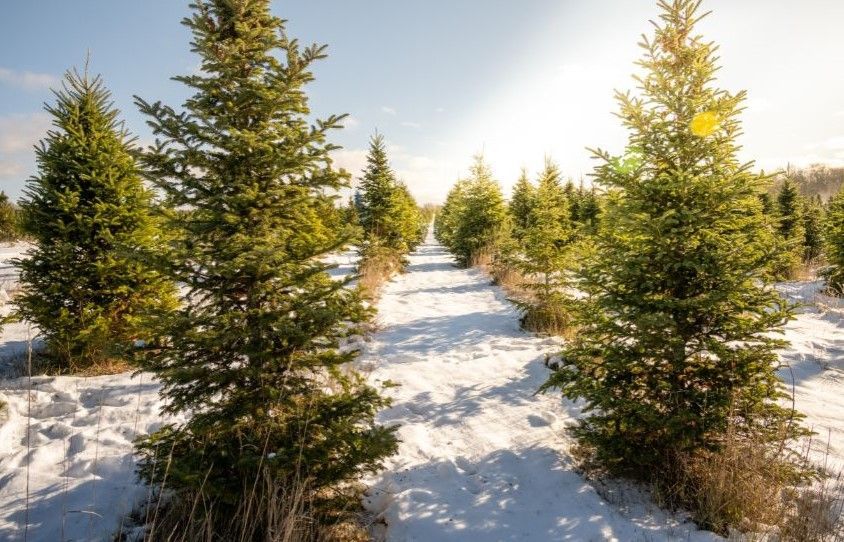
November 25, 2024
I always looked forward to visiting the Christmas tree farm to pick out our tree every year. We’d bundle up against the cold and hop onto a tractor-pulled wagon that took us into the fields. Walking through rows of evergreens, we’d search for just the right tree, inspecting each one until we found the best fit. It wasn’t just about getting a tree—it was about spending time together, sharing laughs, and making it a family tradition. The cold didn’t matter because those moments were what made the experience special. Choosing a Christmas tree can be more than just another holiday task; it can be a meaningful tradition. Whether you’re looking for a tree that fills your home with the fresh scent of pine or one sturdy enough for all your decorations, it helps to know what to look for. Fresh-cut trees are a popular choice because they’re easy to find and bring a natural holiday feel into your home. If you want a more sustainable option, consider a potted or balled tree that can be planted afterward. This way, you’re not only celebrating the season but also contributing to the environment. The process of finding the right tree doesn’t have to be complicated. Whether you’re picking it out at a tree farm or a local lot, it’s all about finding one that works for your space and brings a little extra holiday joy into your home.
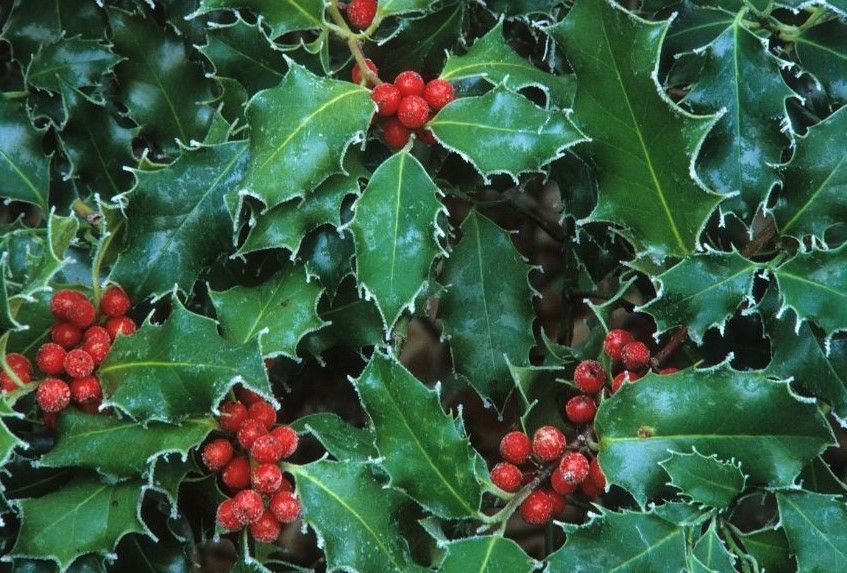
November 20, 2024
The American holly (Ilex opaca) is an iconic tree, especially recognized during the Christmas season for its striking red berries and glossy, deep-green foliage. Native to the eastern United States, this evergreen species not only adds to the beauty of landscapes year-round but also serves as an important resource for local wildlife. Growing up to 50 feet tall with a spread of 15–25 feet, the American holly has a naturally pyramidal or conical shape, making it a great addition to gardens, parks, and natural areas. Its thick, dark-green leaves are leathery in texture and feature sharp, spiny edges, providing year-round color that brightens winter landscapes when other trees are bare. In fall, the tree produces clusters of vibrant red berries, which linger throughout the winter months, offering a visually stunning contrast against its foliage. Beyond aesthetics, the American holly plays a significant ecological role. Its berries, though mildly toxic to humans, are a valuable food source for many bird species, including robins, cedar waxwings, and bluebirds, during the scarce winter months. The dense foliage also offers excellent shelter for birds and small mammals. Additionally, this hardy tree is tolerant of a range of soil types and conditions, making it a versatile choice for landscaping projects focused on both ornamental appeal and environmental benefit.
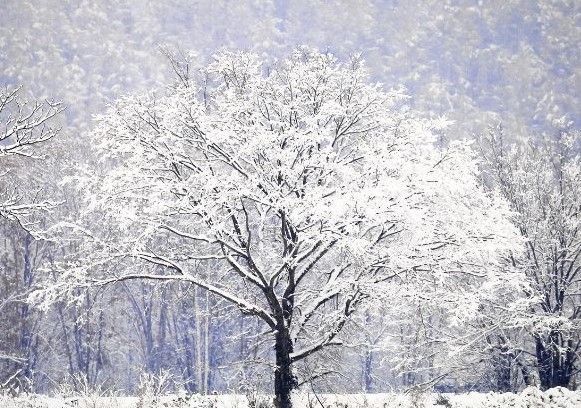
November 13, 2024
Winter weather can be harsh on trees, especially when snow, ice, and strong winds cause structural stress. To protect your trees from potential damage, cabling and bracing are two effective techniques used by arborists to provide added support and stability, particularly those with weak or compromised branches or trunks.
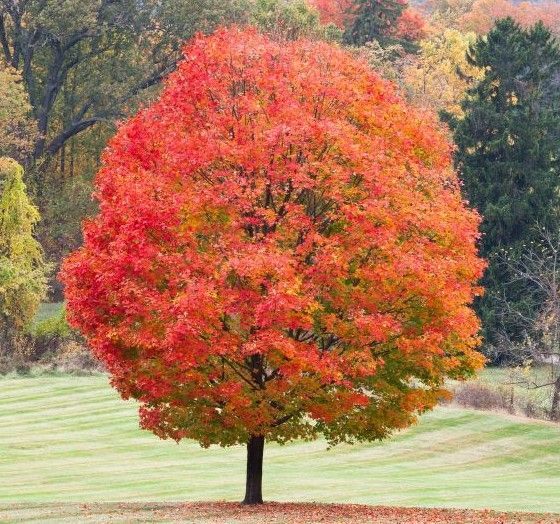
October 29, 2024
The sugar maple ( Acer saccharum ) is a valuable, deciduous tree known for its stunning fall color and production of maple syrup. It is native to eastern North America, primarily found in the northeastern United States and southeastern Canada. It ranges from Nova Scotia to Tennessee, and westward into parts of Minnesota and Missouri. Four states have picked this iconic tree as their state tree – New York, West Virginia, Wisconsin, and Vermont.
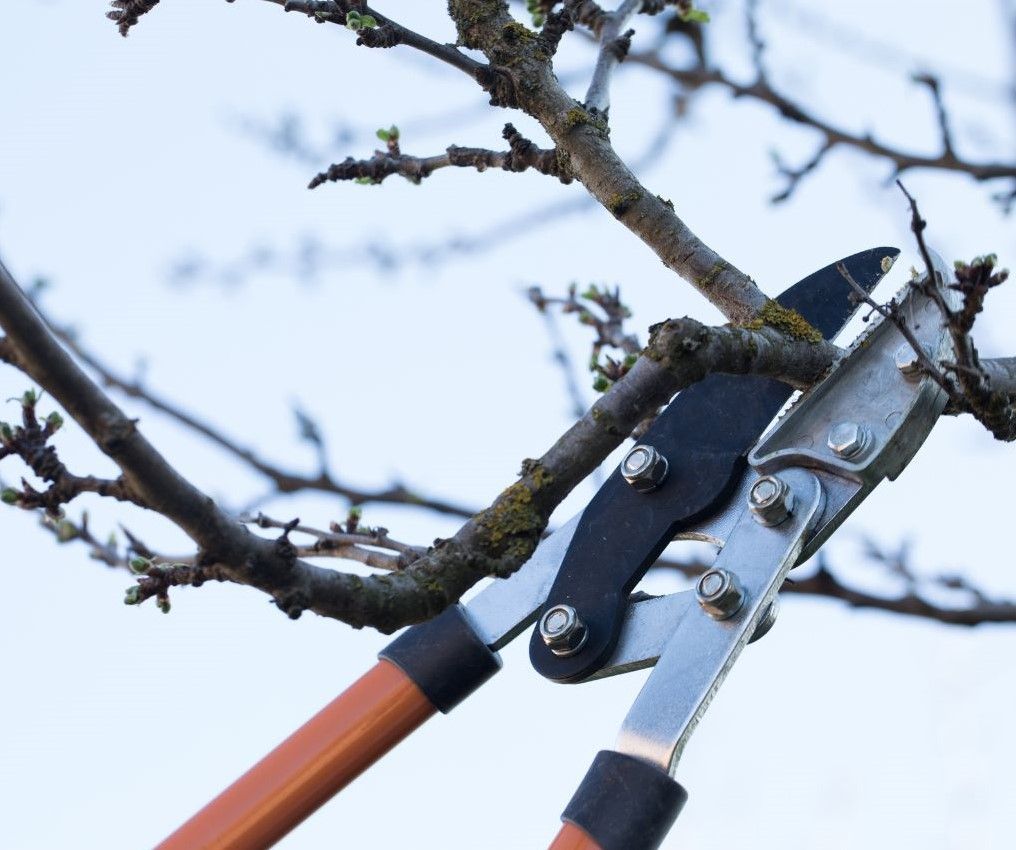
October 15, 2024
Pruning trees is a crucial task for maintaining their health, ensuring safety, and promoting aesthetic appeal in your landscape. However, the timing of pruning plays a vital role in its effectiveness. While pruning can be done at various times of the year, late fall tends to be the ideal season for most trees to receive a haircut.
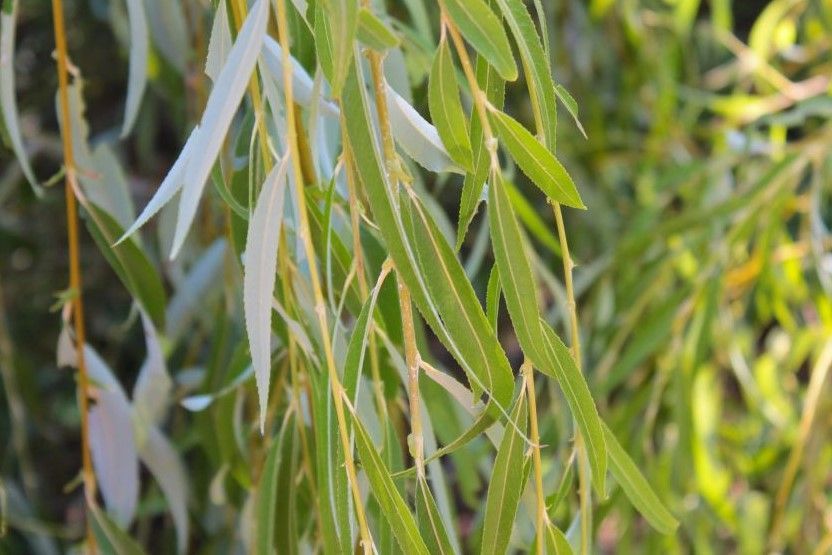
September 30, 2024
The willow tree ( Salix spp. ) is one of the most recognizable and beloved trees worldwide, known for its graceful, flowing branches and rapid growth. Willows thrive in temperate regions and are commonly found near water sources like rivers, lakes, and wetlands due to their high-water demand. Their characteristic drooping branches create a peaceful, almost dreamlike landscape, making them a popular choice for ornamental purposes in gardens and parks. There are several species within the Salix family, each with its own unique characteristics, uses, and quirks. For example, the weeping willow ( Salix babylonica ) is iconic for its cascading branches, while the white willow ( Salix alba ) is often used for medicinal purposes due to the natural salicylic acid found in its bark, which is a precursor to aspirin. This diversity makes the willow tree not only beautiful but also highly versatile and significant in both natural and human contexts. In this article, we will briefly review each of the willow species to help you determine which one is right for you.
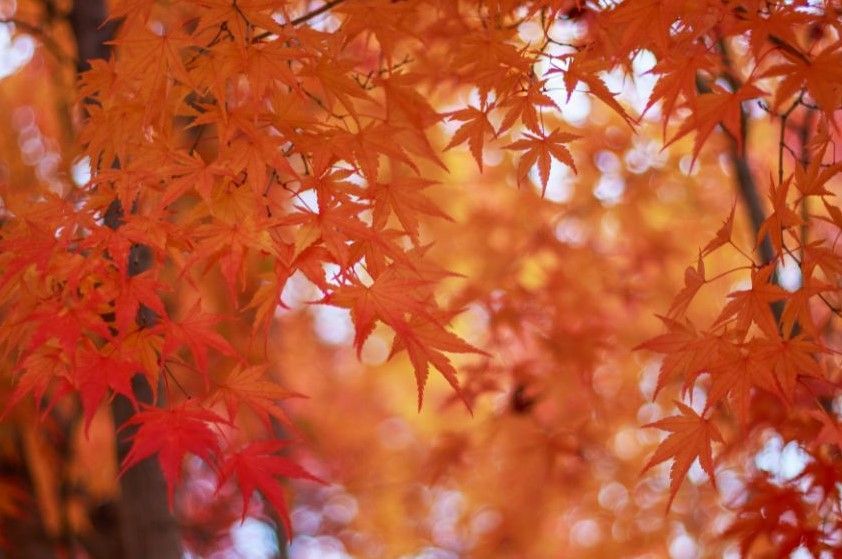
September 20, 2024
The relationship between trees and the changing seasons is a fascinating dance, but nothing compares to the transformation that takes place in fall. As the days grow shorter and the air turns crisp, trees respond with a breathtaking display of color. Leaves shift from green to vibrant reds, oranges, yellows, and purples, painting entire landscapes in hues that evoke wonder and awe. This seasonal transformation is not just about beauty—it's a complex process as trees prepare for the colder months ahead, slowing down their activity to conserve energy. The sight of brilliant foliage, set against the backdrop of cooler temperatures and clear skies, invites us to explore nature more deeply, whether we're hiking through forests or simply enjoying a quiet walk in the park.
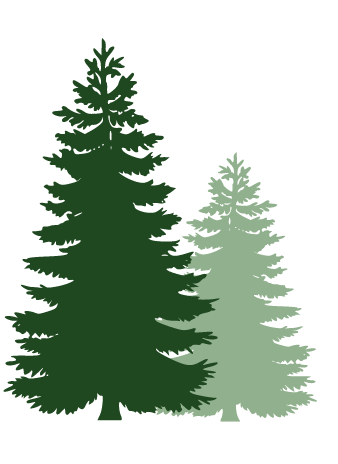
Sign up for monthly newsletters!
From easy tree care practices to fun DIY projects, we've got something for everyone.
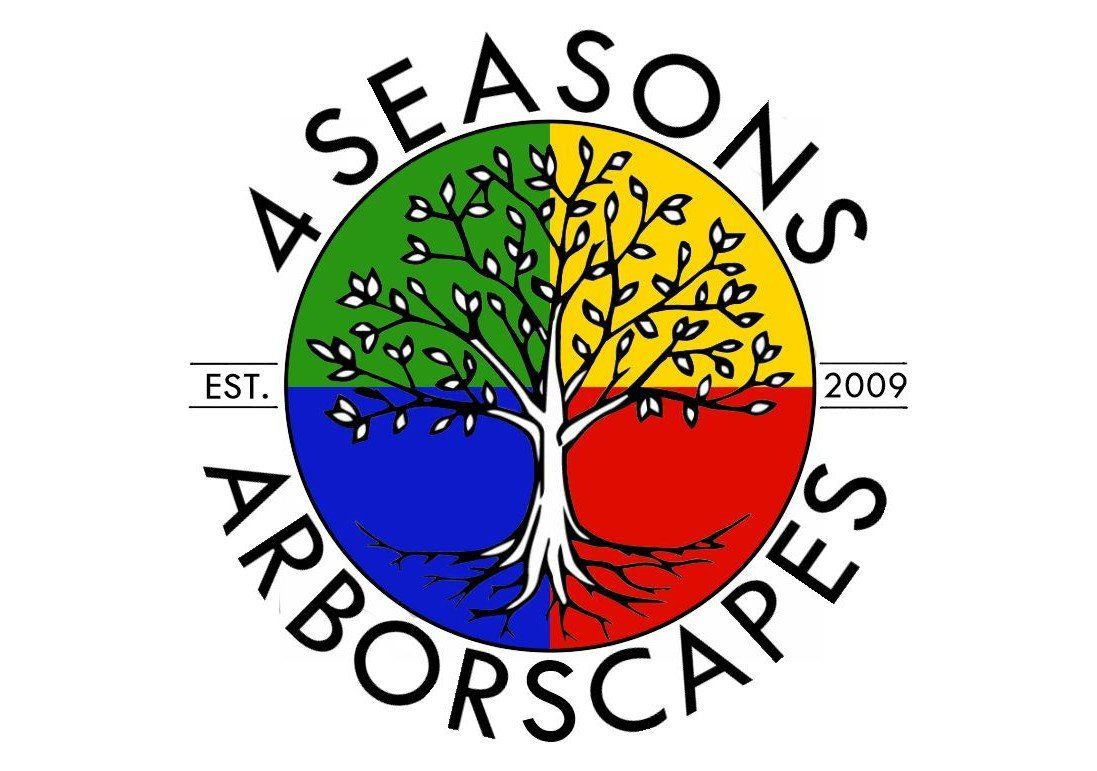
Interested in what we can do for you?
Call us at 610-648-0404 or book an appointment online.
WHAT WE DO
WHO WE ARE
Join the Tree Society newsletter
Get monthly articles on the latest in the tree care industry, curated by people deeply passionate about environmental stewardship.
We use cookies to ensure that we give you the best experience on our website.
×



